WATERTOWN, N.Y. — On a test track in Pueblo, Colo., a heavy-haul freight train started and stopped solely under the command of a computer. On Aug. 27, a Positive Train Control-compliant consist of three locomotives and 30 loaded freight cars carrying 4,725 trailing tons, traveled on 48 miles of test track with the latest generation of New York Air Brake’s LEADER on-board train control and energy management system in full control.
New York Air Brake, a North American-based subsidiary of Munich, Germany-based Knorr-Bremse, demonstrated automatic control of throttle, dynamic brake, independent brake, and air brakes. The demonstration was performed at the Transportation Technology Center, Inc., in Pueblo, with railroad executives and industry officials in attendance. While locomotive engineers rode along, the LEADER (Locomotive Engineer Assist/Display & Event Recorder) system automatically controlled the train over a variety of terrain, starting and stopping on uphill, downhill, and flat grades.
“LEADER commands all four freight train control systems – throttle, dynamic brake, independent brake, and air brakes – providing precise control that conserves fuel and reduces in-train forces,” said Jason Connell, New York Air Brake senior vice president of marketing, sales, and service.
NYAB’s energy management software uses track profile, consist manifests, and GPS data to “look ahead” and calculate the ideal driving strategy in real time to achieve low fuel consumption, at a desired velocity, with minimal in-train forces.
According to Connell, each generation of the dynamic LEADER system has brought increased functionality, performance, and value to the industry. “The first generation of LEADER – LEADER DriverAssist – advised locomotive engineers on train handling in a way that helped drive increased fuel economy. A few years later, the introduction of LEADER AutoControl evolved the system further, automatically inputting throttle and dynamic brake commands for improved precision, continued increases in fuel savings, and minimizing in-train forces. In 2018, a major Australian mining company began full deployment of LEADER AutoPilot, NYAB’s most advanced generation to date, to automatically operate ECP trains that carry iron ore from mines in western Australia to ports hundreds of miles away. Today, virtually all of the company’s train operations have been fully automated with LEADER’s driving strategy engine at the helm. The Pueblo demonstration showed that LEADER can also operate trains with pneumatically controlled air brakes, predominant in North America.”
“The Zero-to-Zero demonstration further proved that the power and innovative design of LEADER means the system can precisely execute any individual railroad’s driving strategy in the North American PTC environment,” stated Deepak Kumar, NYAB director of marketing. “It is an effective on-board digital platform designed for railroads to improve their operation and reduce their operating ratio.”
Kumar stressed that LEADER demonstrates the next step in automatic train control but should always be paired with safe operating habits and ongoing, proactive operator training.
LEADER is deployed on more than 5,000 locomotives worldwide. The system is part of the range of NYAB technology and innovation focused on delivering unequaled reliability, performance, and return on investment.
Source: New York Air Brake





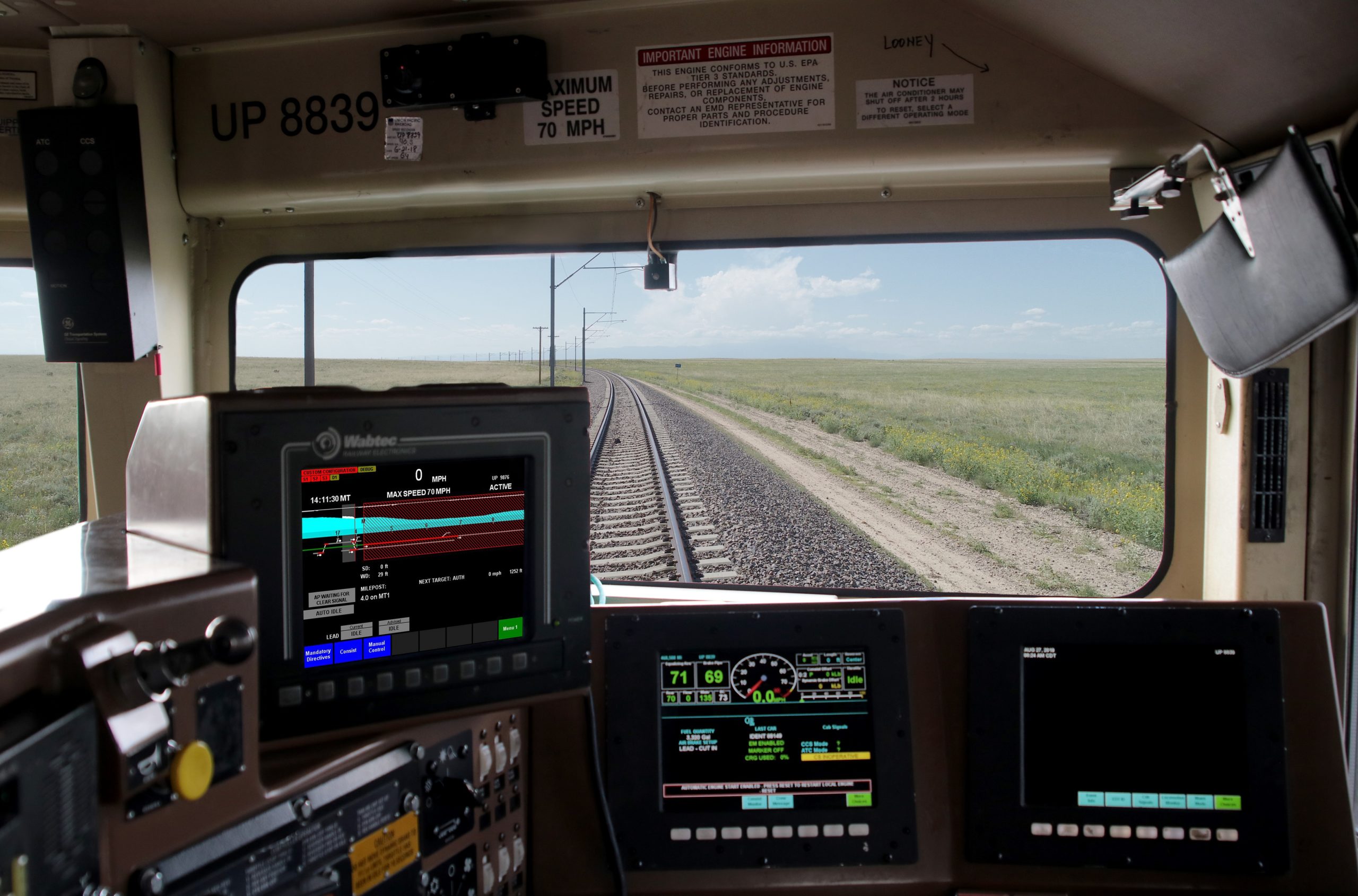
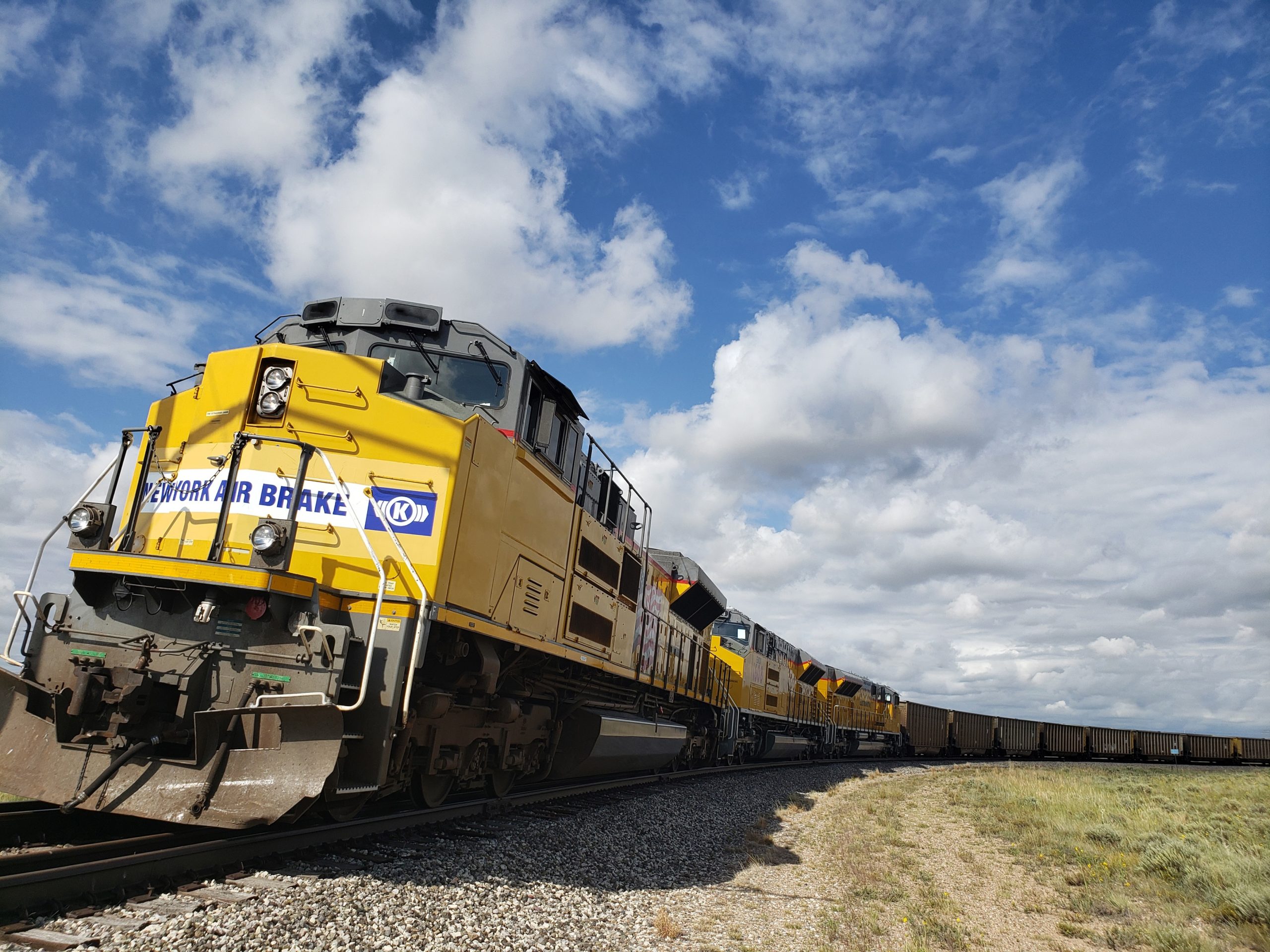

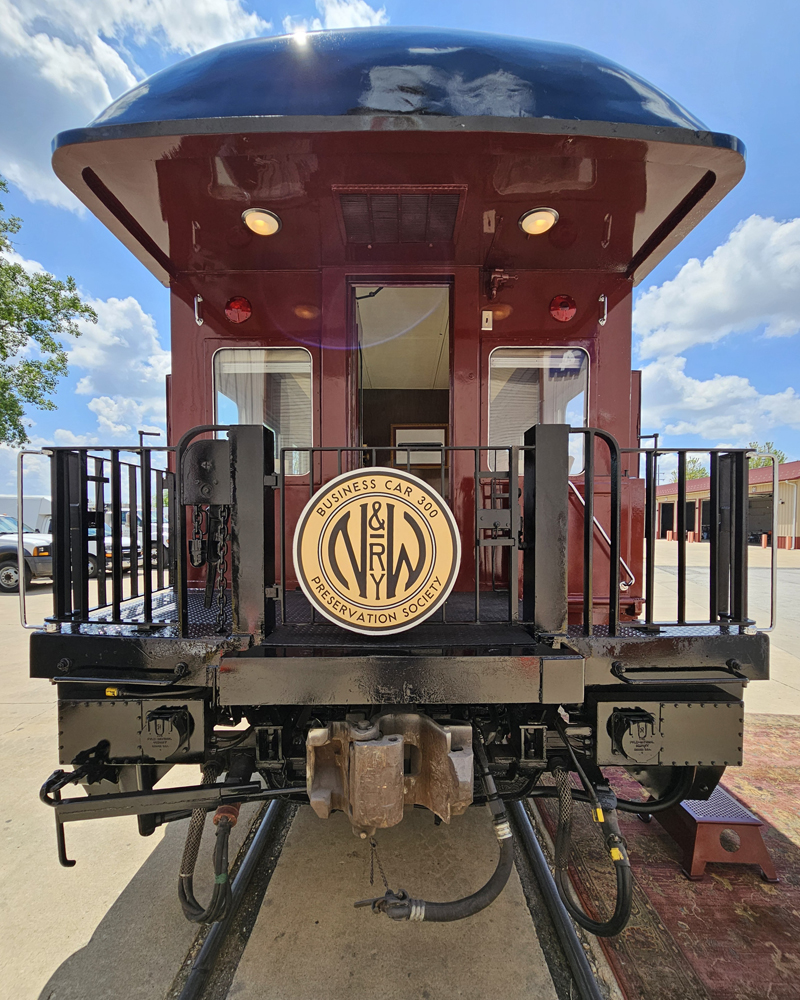
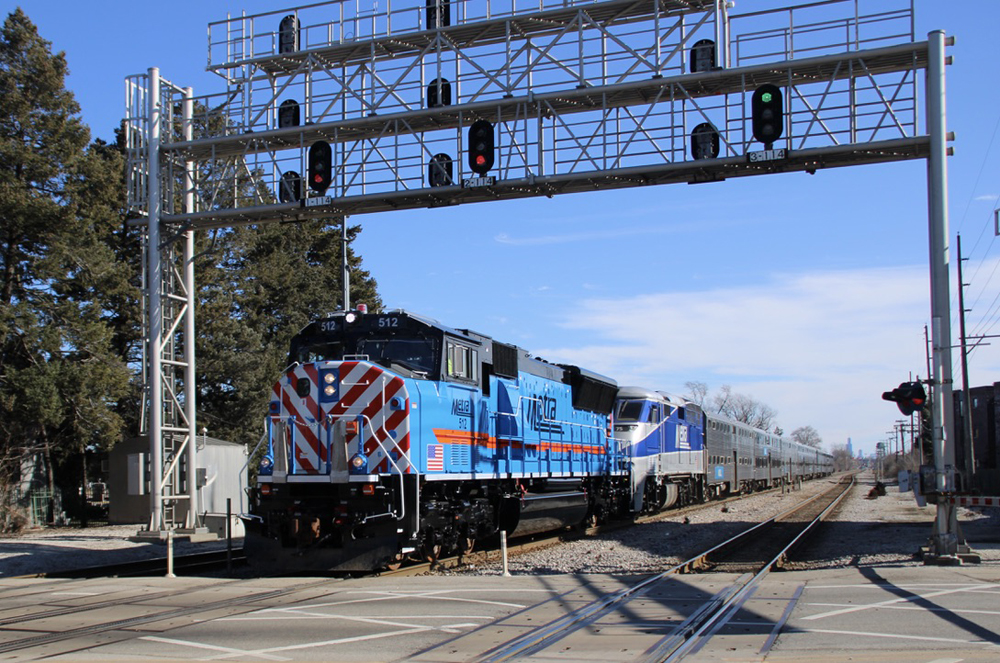
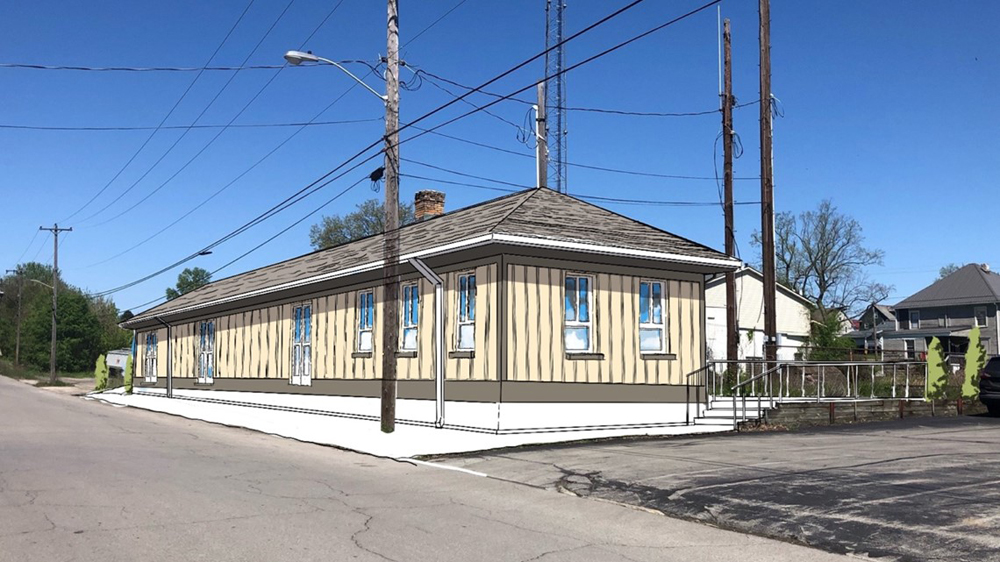
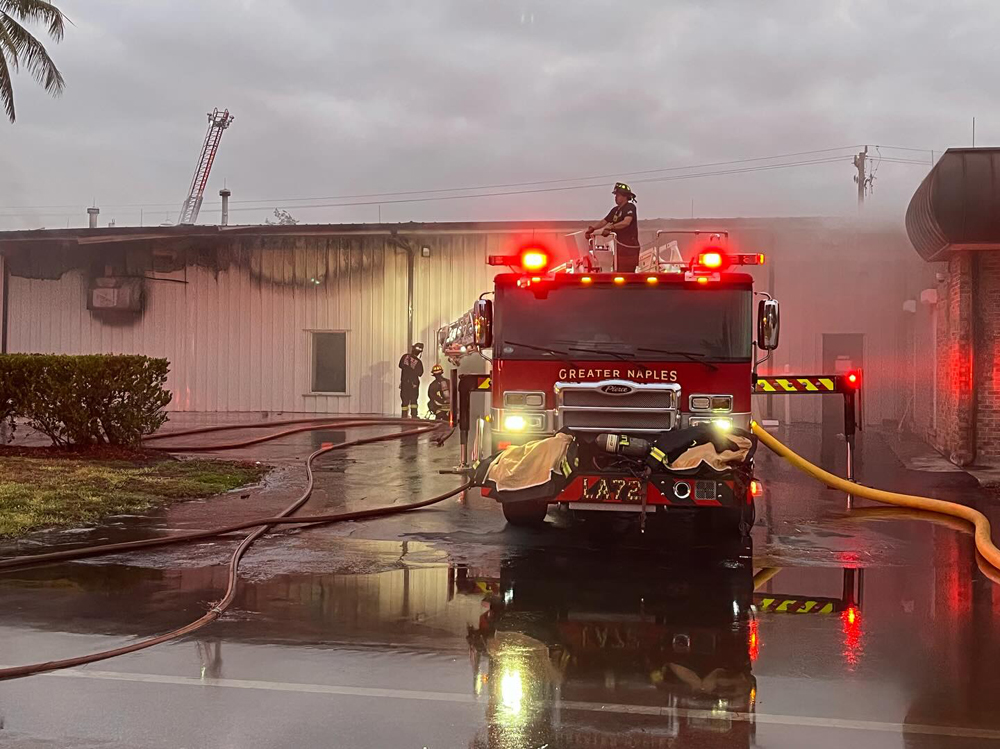




What’s the obsession with getting rid of humans? You’d think an engineer and conductor on a two mile train were breaking the bank.
PTC backs up the engineer and the engineer backs up the PTC when it screws up or quits communicating with the locomotive for whatever reason in an other-than-test track environment. Everyone Likes double coverage in the transportation business.
I can’t wait until robots start replacing all these middle managers and brainiac executives who stampede out of the office towers every day. That day is coming, and don’t say it can’t happen.
For the “Railroad Community,” this is a confounding issue. This includes anyone who admires and “loves” railroads, and RR History.
Computers are more than a piece of hardware with electronics hiding within. It’s the software, designed by very intelligent humans that does the computation. If there is a problem with the software, it has to be repaired. Hardware can be redundant. I am a timid user of computers; I am constantly amazed at what the software can accomplish, with a click of a keyboard or mouse.
This is a process in development and will take years to accomplish safely. I recall when a TV station in 1960 tried computer control of all operational in-studio functions, including cameras. Employees were laid off. Great savings ahead!
2 weeks later, employees were hired. The computer turned off. Watching the TV station offer up its “new” operation was a treat because of the gaffs and flubs. Today TV operations are successfully accomplished with computers allowing personnel to accomplish more objectives. This applies to countless uses of computers in thousands of applications everywhere.
Human jobs are at potential risks. That is the downside of computer software, as well as misuse and abuse by the bad actors in our society. What is the ultimate upside? That remains to be seen.
Concerning the two incidents that were referenced, the crash of the Boeing 777 at SFO, and the crash of the Airbus A320 at the airshow in France both accidents were pilot error. In the case of the 777 crash the NTSB concluded that the accident was the result of the flight crew’s mismanagement of the airplane’s final approach to the airport. And in the case of the Airbus A320 government officials investigating the crash in France said that the pilot was flying dangerously low in demonstrating the new plane before an air show. They said that there was no evidence that the plane malfunctioned. The in-flight recorders showed the crew had flown too low and too slow for safe handling.
Computerized systems are great as long as all of the parts are functioning perfectly. That is usually in the first 3 months when you get manufacturing failures then afterwards time, heat , humidity and vibration come into play. It can all be built more “rugidized” but when does the cost points exceed the profit points so the vendors play a fine line.
Next the point has been brought up about autopilot on airlines. It does work great , again , as long as all the parts are function. Just look at the Korean air crash at SFO where the main active was closed and instead of turning off the auto pilot they left it on and the plane crashed. Another classic example was the preview of the Airbus 300 at the Paris air show. They tried to do a “touch and go” to demonstrate the aircraft which is a common maneuver done by pilots for practice. The trouble is the software programmers did not know that so when the pilots went to pull up to do a go around the computer took over instead and flew the plane into the ground.
Computers are not good at detecting when a train will pull a knuckle because those 14,000 foot long trains were made up with some undetected errors of loading and car type. The push will be on for autonomous trains to save money or one person train crews. It is great for “investor equity” but one big wreck and it costs more than it saves.
I must have crossed the line
Mr. Dupee,
Let us take a look at your example of defective axle. It is not the crew that spots the problem it is the detectors that are located next to the track that discovers the problem. The crew is informed about the problem when the computer announces over the radio that there is a defect and counts the number of axils to tell the crews were the problem is. The computer could have just as easily sent the data to the onboard computer system, which would cause the execution of a software routine to stop the train safely. You are assuming that the equipment and procedures that are in use today will remain static. A yet to be determined fix can be engineered to deal with setting out a car or replacing a knuckle. These are not complex functions.
If I had my choice, I would rather watch a 4-8-4 go by me at 70 mph pulling 60 cars with a caboose on the end of the train. That is in the past and will never return. What I am saying is that change is coming to railroads. I cannot think of one example of when a computer system has been adapted to a task that the computer system has been withdrawn and replaced with humans. If the technology exists, it will be used.
To address an earlier comment, yes, the airlines DO have similar technology to operate aircraft from takeoff to touchdown – it’s called autopilot. It was only a matter of time until the RR’s – assisted by all the parallel PTC development and implementation – applied a similar technology to further lower labor costs and human error. Ground work will be addressed by roving utility men in company trucks, dispatched by the onboard computer letting the DS and operations know what and where the issue is located. The only rub now is how to address at-grade public and private crossings, as the weakest link there is the public ignoring warning devices and horns.
Mr. Colby, et al: There is no dispute about the ability of advanced technology to surpass human fallibility. The problem with all of this trust in technology to solve the “problem” of labor costs is the fallibility of mechanical systems. What does LEADER do when a defective axle is detected? Or a car has to be set out? At such times, the safe and prudent response for LEADER to execute would be to stop the train as soon as possible and await a crew to be transported to the site to address the situation. Now, while this mechanical problem is being taken care of, how long will the main line be tied up? 4 hours would be optimistic. 6-10 hours is more likely. That’s when the productivity goes straight into the toilet. These technogical advances are great supplements to the human factor, not a replacement. But, of course, management will always think otherwise, because most of them have no practical operations experience.
Whenever a computer is adapted to, any given task it does it better, faster, and with fewer mistakes. What I have pointed out is that this is coming and it cannot be stopped. It is correct this will affect the employees of railroads. However that is part of the larger problem that we all face. The problem is how do we reorder society so we can adapt to this new reality in a way that is fair to all.
I am so sick of the “people costs are BAD” mentality. Who do you think buys the stuff that needs shipping in the first place?
I am pretty sure the same type of technology could be applied to the airlines. Question is, would you be comfortable flying as a passenger at that point?
Yes, there will be problems as with all new technology, but having humans in the cab is no guaranty that there will not be a wreck. For example the accident that took place on the BNSF at Panhandle, Texas on June 28, 2016 had crews in both trains. According to the NTSB report, the sequence of events that led to the train accident started with a missed signal. Three men died in the crash and 2 trains were wrecked. Human error caused this crash.
Time for some monkeywrenching me thinks
https://www.bbc.com/news/world-australia-46105280
THIS STILL DOES NOT REPLACE THE CONDUCTOR OR THE ENGINEER IN THE CAB OF THE LOCOMOTIVE. IMPLEMENTING THIS TECHNOLOGY WILL ONLY LEAD TO DISASTERS OF GREAT MAGNITUDE.
What New York Air Brake has accomplished at Pueblo Colorado is equivalent to when EMD rolled FT 103 into the sunlight for the first time. On that day in 1939 the steam locomotive died. They continued on but were all gone in 20 years. We are about to see is a tectonic shift in railroading. From 1813 when the locomotive Puffing Billy built by Christopher Blackett and William Hedley pulled the first train for the Wylam Colliery Railway, locomotives required humans to operate them. What New York Air Brake has shown us is that humans are no longer needed to operate a locomotive.
There will be a great amount of resistance to this new technology. Nevertheless, as the Luddites of Nottingham in England learned in 1811, you can destroy the new textile machinery, but you can only delay technology not prevents it. If you have any doubt about this, I suggest you talk to the person that is at the top of the seniority list for fireman.
Geez fellows; look at the upside potential of this. When the railroad is fully automated; it means we can also dump all the brass at HQ. Now THERE would be some major savings!
Nothing can go wrong, go wrong, go wrong, go wrong, go wrong,!!!!!!!
If it hits a car on a crossing, does it call 911? Curious!
And when the train separated due to a busted knuckle, the computer climb down from the engine & fixed it. And when a hot box or dragging equipment detector indicated a problem, the computer was able to walk the train & find and fix the problem. And the computer was able to set out a bad car on the next siding. All this in remote areas of the railroad.
Oh wait. You mean the computer couldn’t do that? Gee!! I thought it could anything a crew member could do.